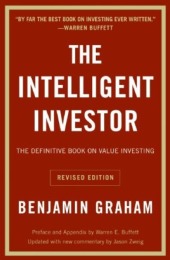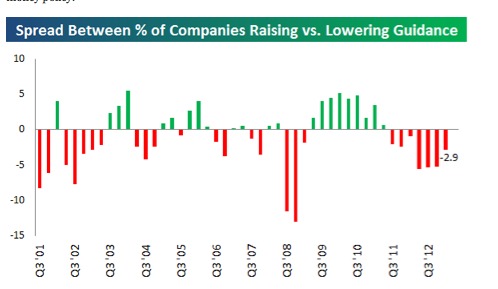Investing is about managing risks, not managing returns, according to the father of value investing and author of “The Intelligent Investor”, Benjamin Graham.

That’s why it’s important to find a manager who can avoid the big losses, rather than one that just scores the big gains.
You can do it if you have the right tools.
Here’s what Ken Fisher, one of the biggest wealth managers around, had to say about risk/return in a Forbes post from back in 1989:
Consistency is the key. It is close to impossible to get a good, long-term, rate of return if you suffer serious negative numbers en route. It’s the math. A single year that is down 30% means you have to get 30% per year positive returns for the next four years to get back on track for a 15% annual average. Or, if you score 20% annually for four years, and then suffer a 30% decline, your five-year average return is only 7%.
That’s sage advice in any timeframe.
It may especially important now, given market uncertainties. Market internals have been showing weakness. There are new concerns from Europe. And veteran strategist Jeffrey Saut at Raymond James, who also has recently opined on risk-return, appears to be very focused on the risk side of the equation.
But how do know that the money manager you choose is focused on avoiding those big risks?
1) Gauge the amount of risk they take on

Though not every manager in the business has one, we at Covestor have assigned a portfolio risk rating to our models, ranging from 1 to 5, with 5 being the most risky. It’s based on the model’s style as well as the manager’s trading behavior. We monitor the assigned score on an ongoing basis, and review them quarterly. We think it’s one important tool to help you narrow down the type of managers that fit your risk tolerance.
2) Know your manager
No matter where you invest, knowing your manager is important.
![]() Covestor provides details on every manager’s style, approach, the research they conduct, and their allocation discipline.
Covestor provides details on every manager’s style, approach, the research they conduct, and their allocation discipline.
 There also are details on every manager’s sell discipline — under what set of conditions he or she may drop a stock, or an entire asset class. Being comfortable with the criteria your manager uses to sell may be more important in avoiding big losses than what your manager buys. That’s one of the very important inputs for both max drawdown, and the overall risk-return.
There also are details on every manager’s sell discipline — under what set of conditions he or she may drop a stock, or an entire asset class. Being comfortable with the criteria your manager uses to sell may be more important in avoiding big losses than what your manager buys. That’s one of the very important inputs for both max drawdown, and the overall risk-return.
3) Look at maximum drawdown
There are many risk metrics, but one of the most useful is maximum drawdown. It’s simply the largest percentage decline in the value of the model from the peak in a given timeframe.
At Covestor, we compare the max drawdowns of each model relative to the S&P 500. An ideal model offers strong returns in line with the risk level you seek, with a low max drawdown.
When reviewing max drawdown, ask yourself, would I be comfortable seeing my portfolio drop that much?
If you’re not, then that model is probably not right for you.



